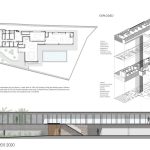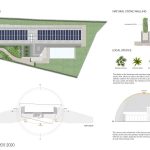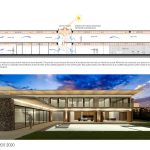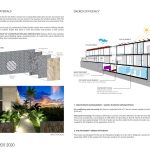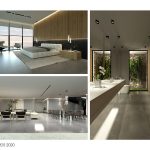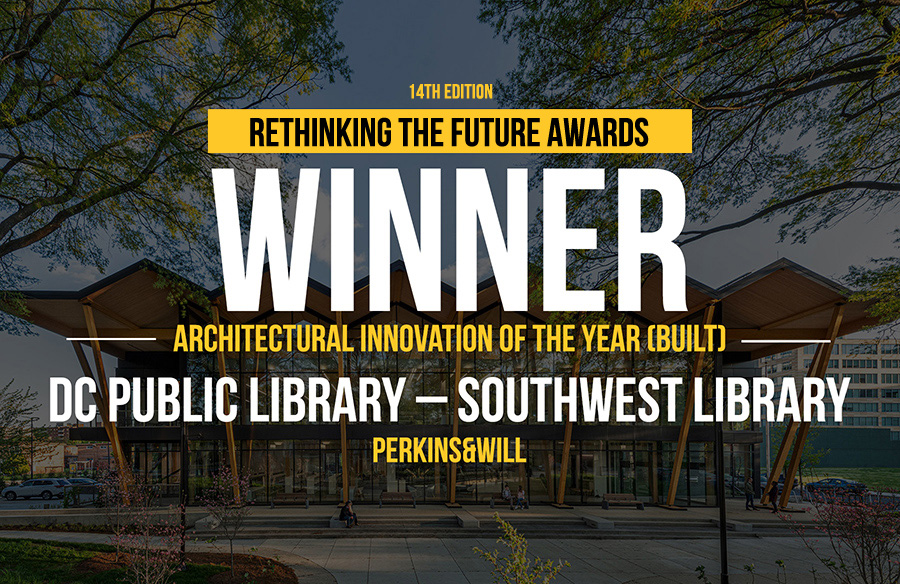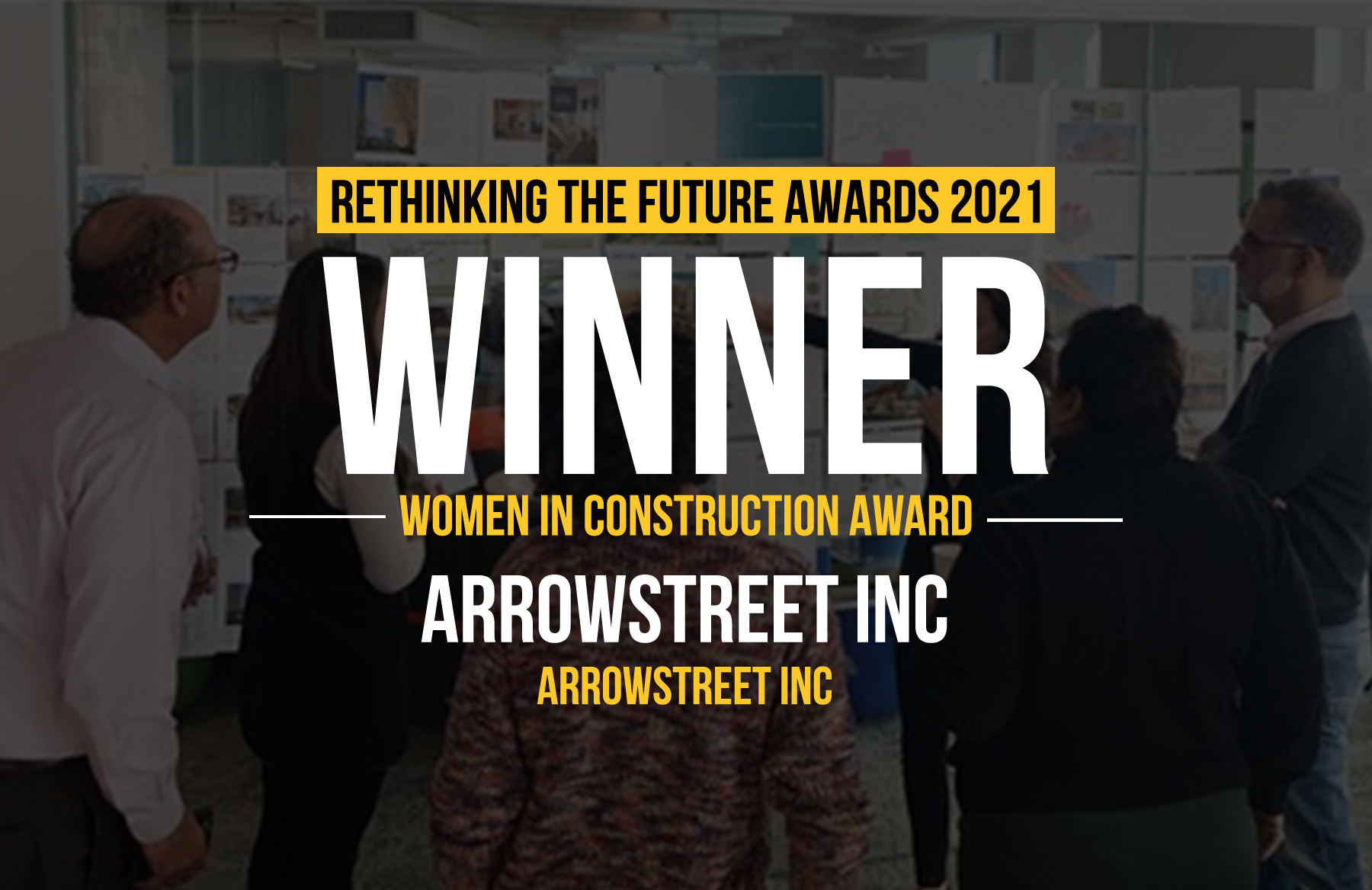Mica Passive House is a house of 999 m2, located within a residential area of the city of Puerto Colombia, Colombia. Minimalist style and sustainability concepts define architectural volume settings.
Its location on the ground responds to the study of shadows and sunlight of the Atlantic area which is characterized by high temperatures and degrees of humidity. To respond to these characteristics on the south facade are generated open terraces that thanks to their large eaves keep the interior spaces in the shade on both levels.
Architecture, Construction & Design Awards 2020
Second Award | Private Residence (Large) (Concept)
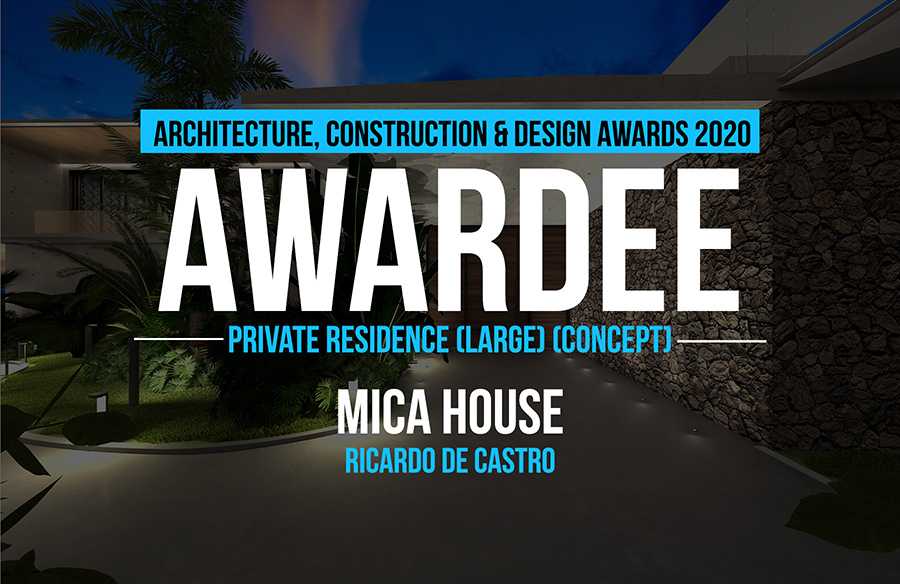
| Project Details | |
| Project Name: | Mica Passive House |
| Studio Name: | Ricardo De Castro |
| Design Team: | Ricardo De Castro, Grace Villaba, Yessica Andrade |
| Area: | 999 m2 |
| Year: | 2020 |
| Location: | Barranquilla , Colombia |
| Consultants: | Hunter Douglas, Deceiunick, Fiandre Italian Floor, Flos Illumination |
| Photography Credits: | Ricardo De Castro |
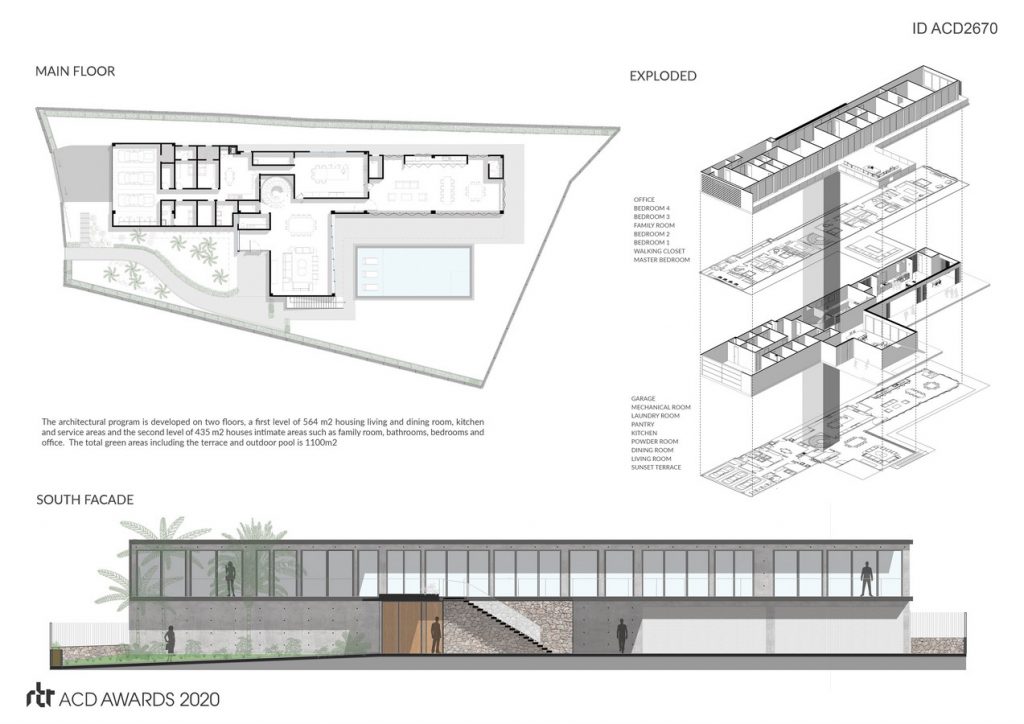
©Ricardo De Castro
In contrast, the north facade designs a system of sun shutters in the direction of winds that allow the entry of cold air currents into the interior. To improve ventilation within the space, a natural ventilation system known as the Solar Fireplace is developed with a glass skylight in the stairwell that allows air renewal and prevents excessive use of air conditioning equipment.
The house is developed on two levels interconnected by a large metal helical staircase that becomes the protagonist of the space. The access level houses the living room and dining room areas, kitchen, service units and garage. The second level consists of bedrooms, family room and a terrace area that offers the most privileged views towards the golf course of the whole.
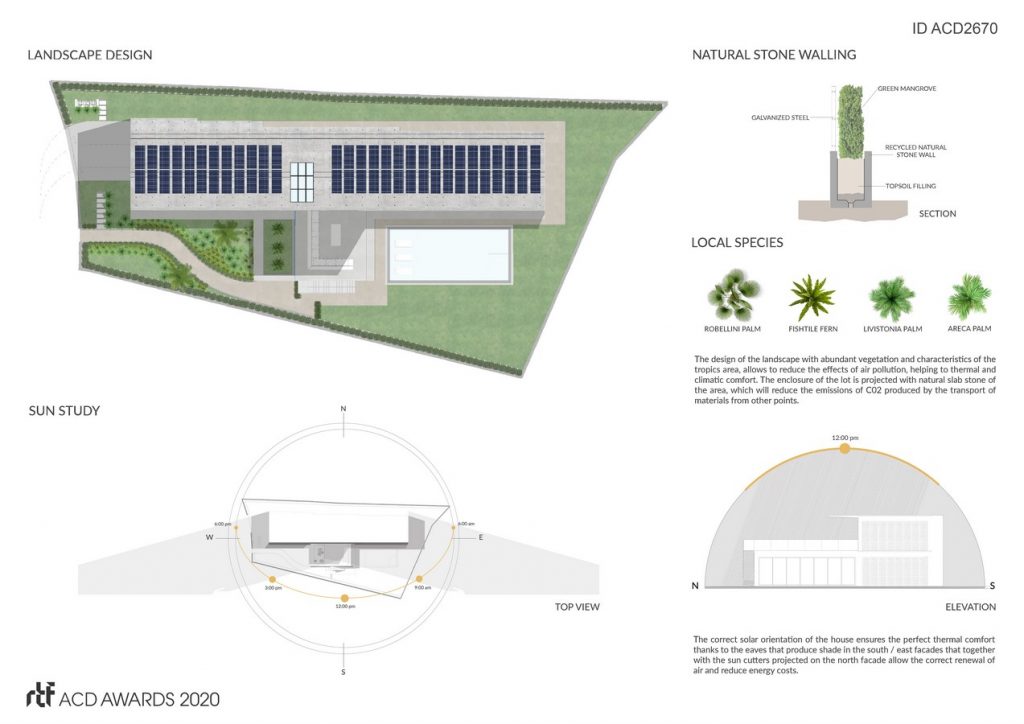
©Ricardo De Castro
At the bottom of the land on the northeast façade there is a terrace that together with the first floor area you have the possibility of opening completely to the garden and pool thus achieving that there are no boundaries between interior and exterior. The interior design was made to be as pure and simple as the shapes of the architecture for which practical and high quality furniture and lighting are selected thinking about their need and environment.
Architectural concrete is the material highlighted in the project, which combined with the use of wood-like ceilings and furniture generate a warm and welcoming atmosphere characteristic of the coastal areas.
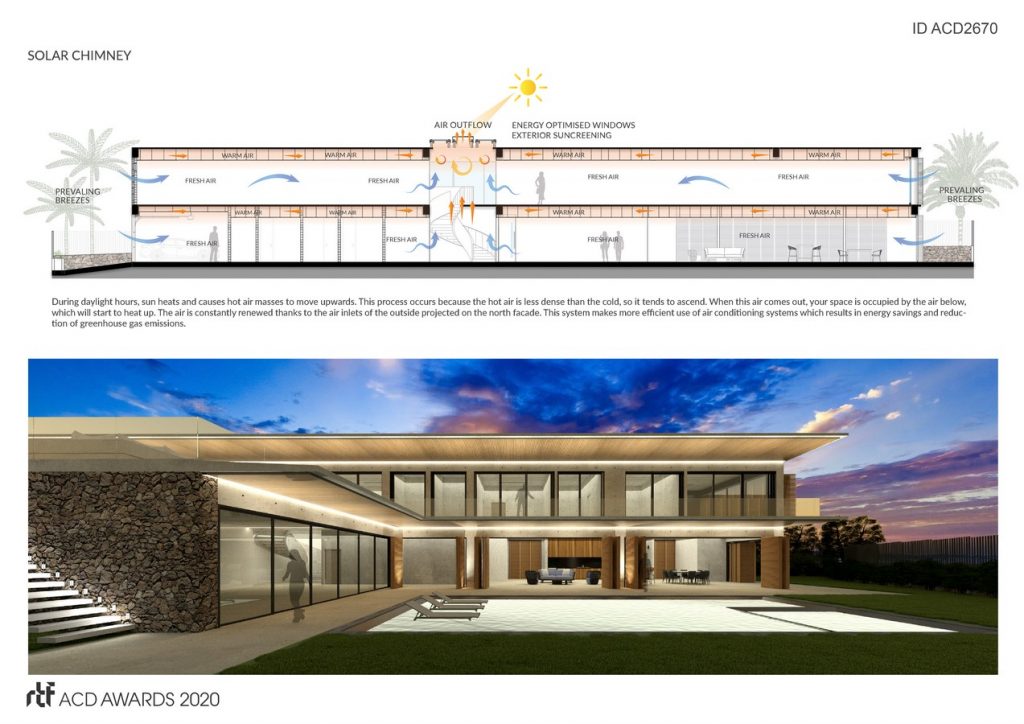
©Ricardo De Castro
The house was designed to be energy efficient, so on its roof was designed , a system of photovoltaic panels capable of generating 100% of the energy that the house needs for its normal operation. In addition, water tanks are contemplated in a basement, capable of collecting and storing the grey water and water produced by the air conditioning equipment which will be treated and reused later for irrigation of the green areas.
- ©Ricardo De Castro
- ©Ricardo De Castro
- ©Ricardo De Castro

